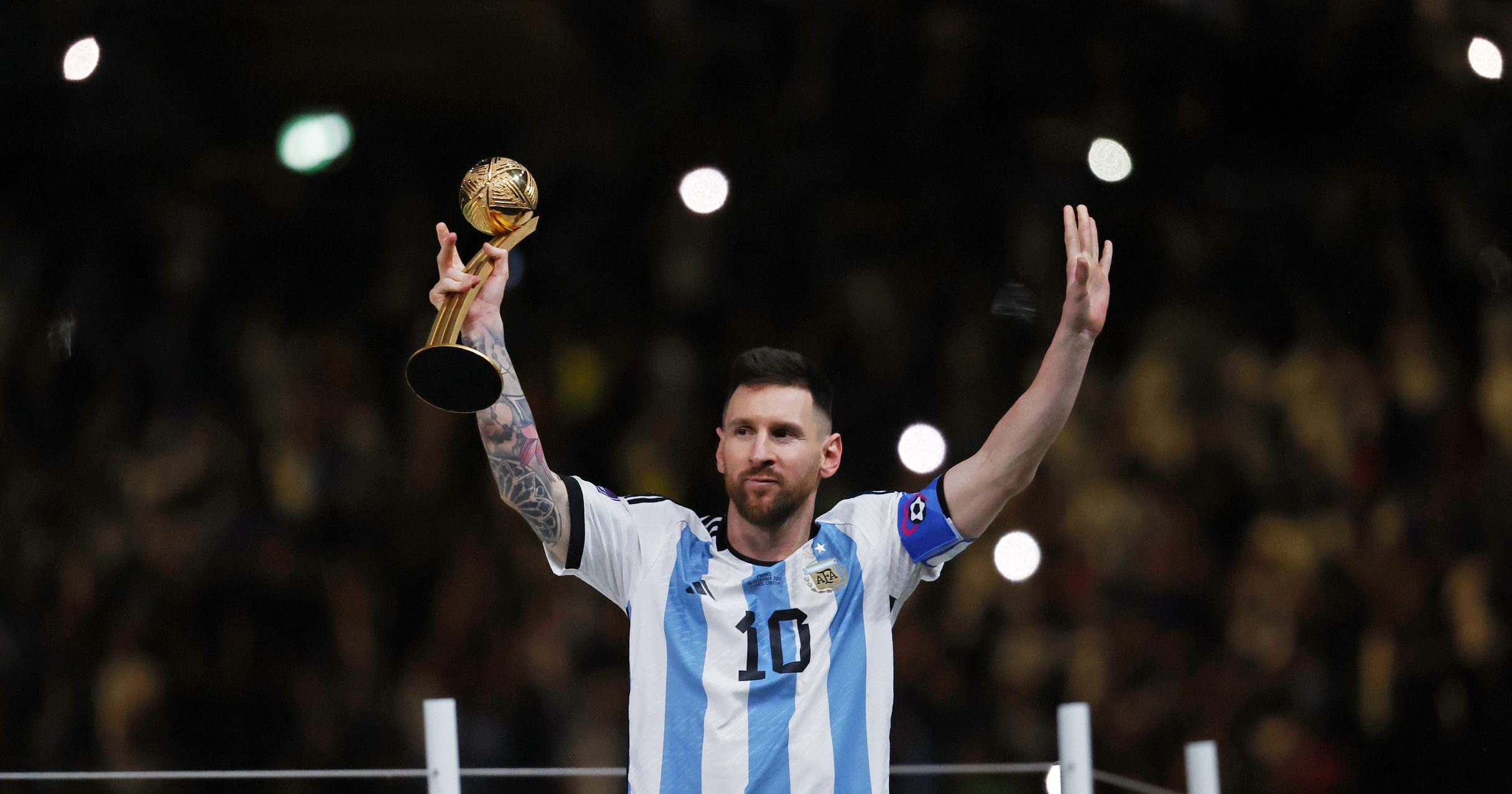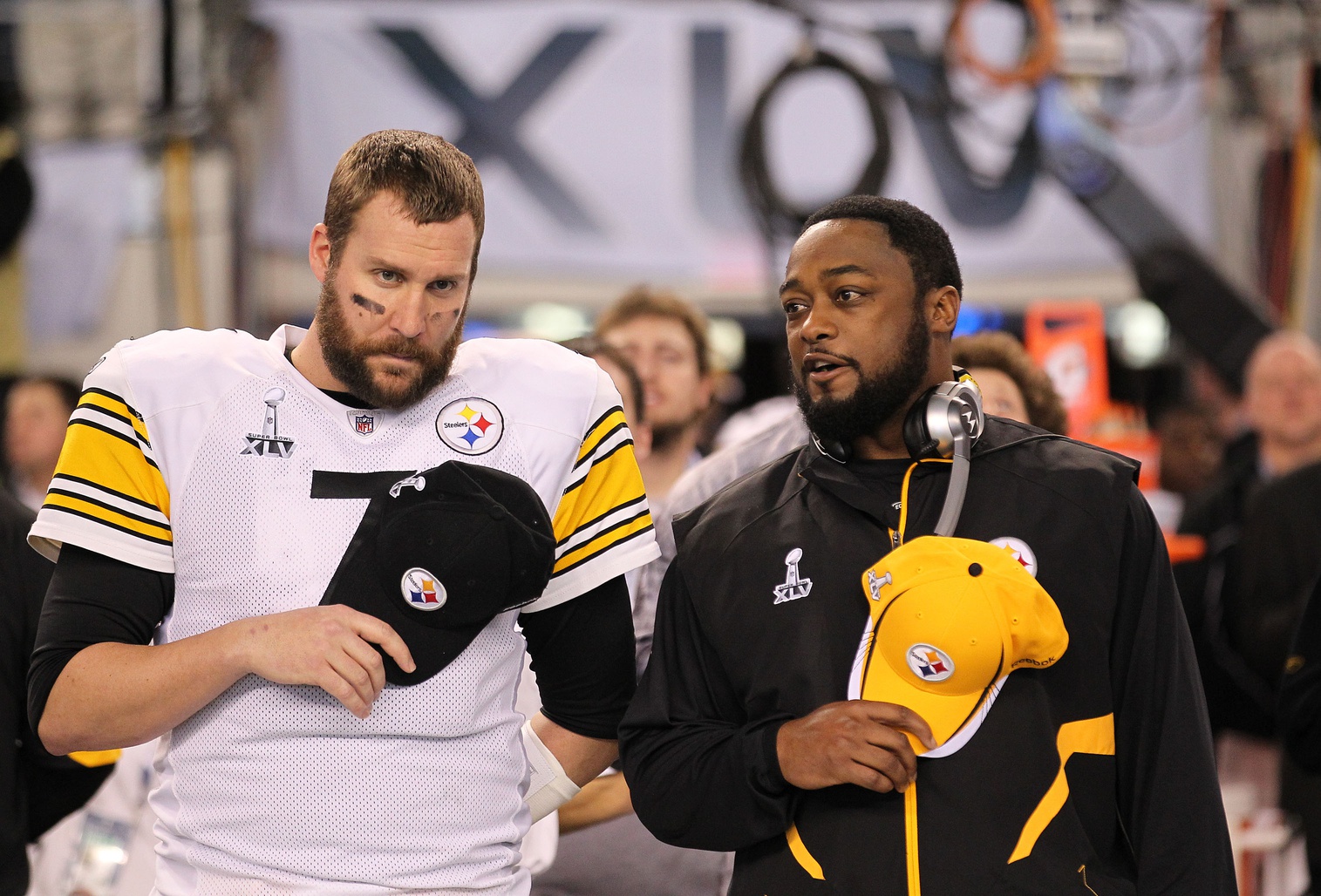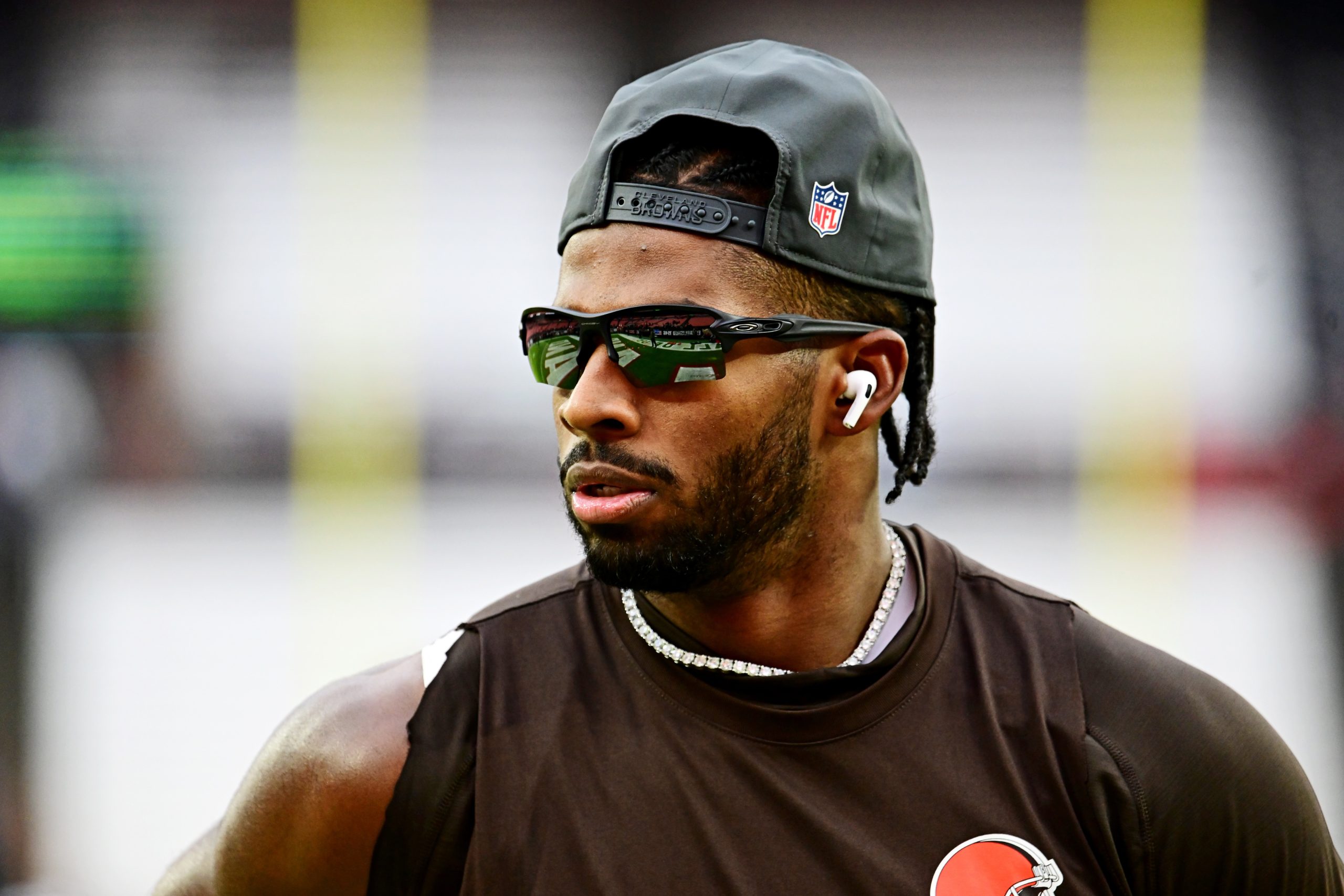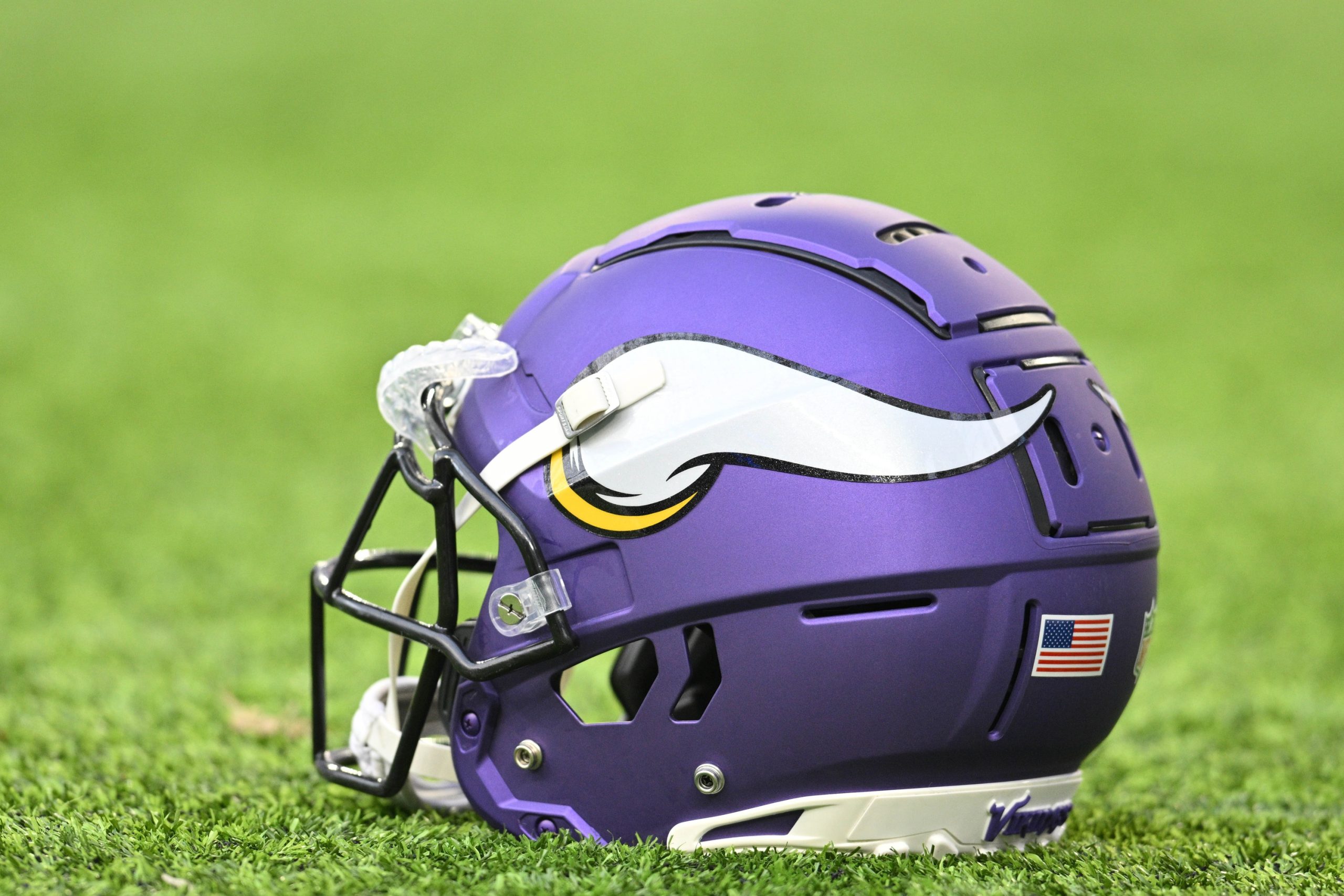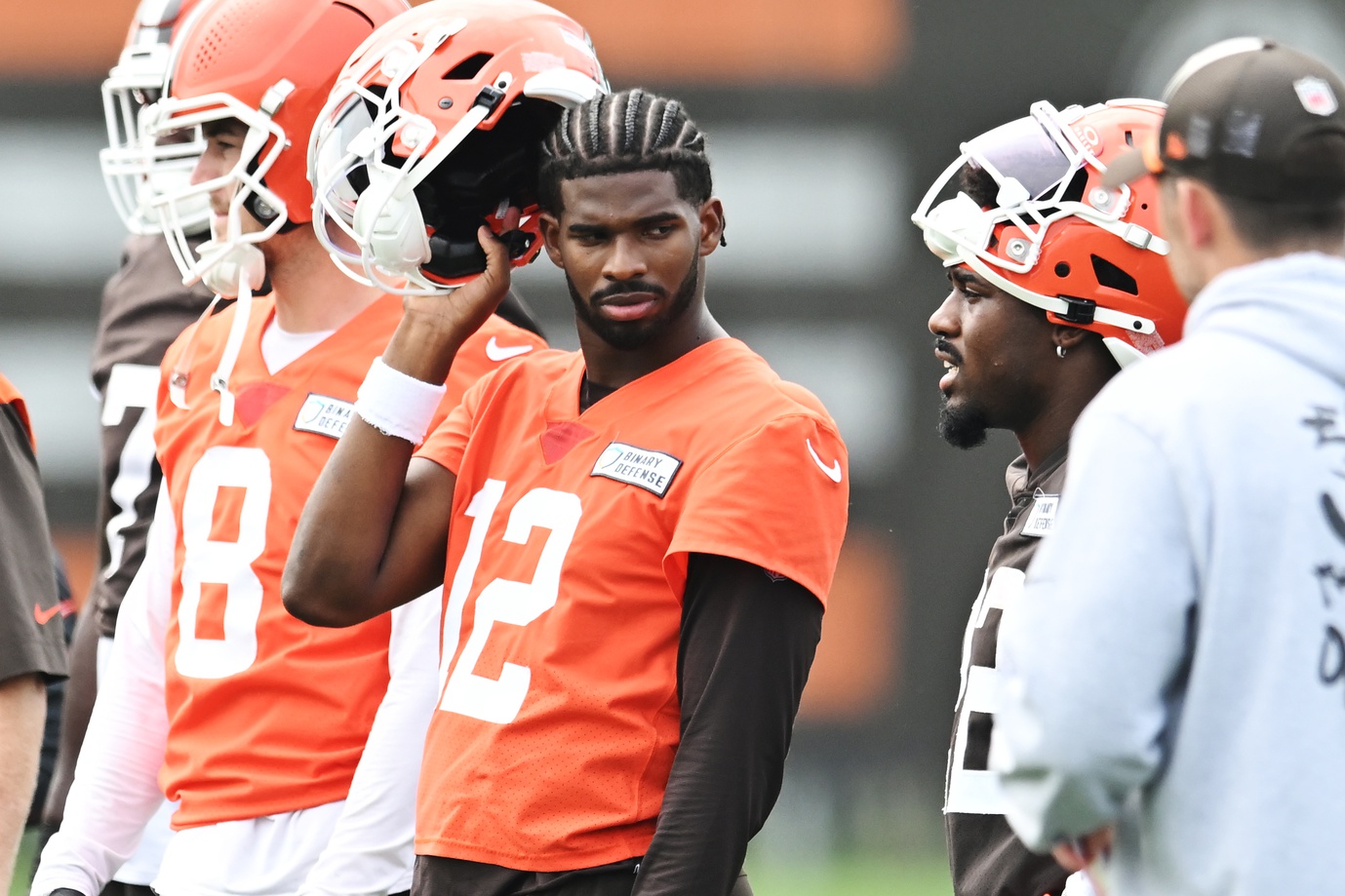We touched earlier on why the current NBA Draft system is broken and possibly rigged. But if we were to leave it at that, it would make us no better than that annoying kid who always had reasons something wouldn’t work without giving his own suggestion.
If we listened to that kid, we would never achieve anything. So, like the new Interstellar trailer, we here at Next Impulse are going to try and give a glimpse at the future. Thanks to Next Impulse reader, Jason Kwok, we are proud to unveil the future of the NBA Draft process.
Effective in year two-thousand-and-fifty-‘leven, the NBA will adopt a new draft system altogether, scrapping that antiquated Powerball setup they sported so questionably.
Without further ado, we present the NBA Draft solution:
Here are the basics:
- Every year, teams get awarded points based on how they finish the season.
- In the following example, here are some preliminary numbers that, while not final, should illustrate the expected distribution:
- Every team that misses the playoffs gets 100 points. Every team that gets eliminated in the 1st round gets 75 points. 2nd round = 60, Conference Finals = 40, Finals Runner Up = 20, NBA Champion = 10
- Again, these are not the actual numbers, but more of a guideline
- Every team that misses the playoffs gets 100 points. Every team that gets eliminated in the 1st round gets 75 points. 2nd round = 60, Conference Finals = 40, Finals Runner Up = 20, NBA Champion = 10
- In the following example, here are some preliminary numbers that, while not final, should illustrate the expected distribution:
- Instead of the lottery, teams must now participate in a live auction for the top 14 picks where any team may bid for any pick, and:
- Teams may bid for as many picks as they want.
- For picks 15-30, there is a silent bidding on a pick-by-pick basis
- Second round picks remain the same, in reverse order of standings.
- Teams may trade points as part of normal trades, e.g. Kevin Love for Jimmy Butler, Taj Gibson, and 45 draft points.
- One very important factor: Teams are able to hold their points and choose not to bid, and in that event, they are carried over into the following season.
- This would potentially allow for teams to save points for a draft like this year’s, and stock up on higher quality talent
Why is this better?
- It removes the luck of the lottery. No more ping pong balls. Make Dan Gilbert earn that #1 spot.
- It doesn’t encourage tanking. If you miss the playoffs, it doesn’t matter if you are three games over .500 or if you set the record for losses in a season after “Riggin for Wiggins” or choosing “Fuck the Lead, We’re Going for Embiid”…you get the same number of points.
- It’s strategic. Who doesn’t want to watch GMs go head-to-head with the points at their disposal for the rights to Andrew Wiggins, or next year with Jahlil Okafor?
- It’s GREAT TV. Let’s see which GM is the best/smartest guy in the room…and the worst. Let’s see which GM overbid by 100 points and looks silly.
- Can you imagine if Isiah Thomas had access to this with the Knicks? The stories write themselves.
- Mediocrity no longer equals death. Instead of having to blow up a decent, but not great squad like the Bulls are about to, a carefully managed squad can add a #1 pick to a 6-seed and suddenly become a contender.
- We’re aligning the team’s business incentives with the fans. Making the playoffs is a good thing for the fans, and it’s a good thing financially for the team. If you miss the playoffs or fail to advance, that’s lost ticket revenue and fans are bummed. You get more points for the sake of competitive balance.
- Trading points for a player is WAY more fun than trading “lottery protected” 1st or 2nd rounders.
Think of the possibilities:
- Imagine this: On a given date in the Summer, there is an annual bid night. The NBA sells advertisements and sponsorships faster than they can imagine because this is truly must-see TV.
-
- All 30 teams have a representative (hell, maybe they even have a new position created within each franchise for the point bookkeeper) in attendance for this live auction that involves the top-14 picks. ESPN overpays for the broadcasting rights and gets all sorts of analysts talking next to rolling graphics displaying rosters and point breakdowns.
- (This is a perfect fit in today’s over-analytic landscape, and provides another talking point and aspect for critique)
- All 30 teams have a representative (hell, maybe they even have a new position created within each franchise for the point bookkeeper) in attendance for this live auction that involves the top-14 picks. ESPN overpays for the broadcasting rights and gets all sorts of analysts talking next to rolling graphics displaying rosters and point breakdowns.
- You get to watch GMs try to outsmart each other. When pride gets involved, it just turns into a big pissy match — which is great for everybody.
- You could see a team go all in with points and win the 1st five picks in the same draft
- You could see huge bidding war for generational talents
- You could see an NBA champion pick 1st in the next draft
- It gives fans more insight than ever about the teams and their valuations of players and prospects. Suddenly, there is no need for conjecture, we can say, with finite proof, that x team values y prospect z much more than everyone else. And that’s some refreshing transparency in this age of smokescreens and rumors.
In the end, as far as NBA Draft solutions go, we think this is a pretty creative and interesting way to solve a glaring problem. There are some problems that could arise with the player’s union if for some reason not all the picks are claimed, however, we don’t foresee that being an issue.
You’re welcome, Adam Silver. Your move.


